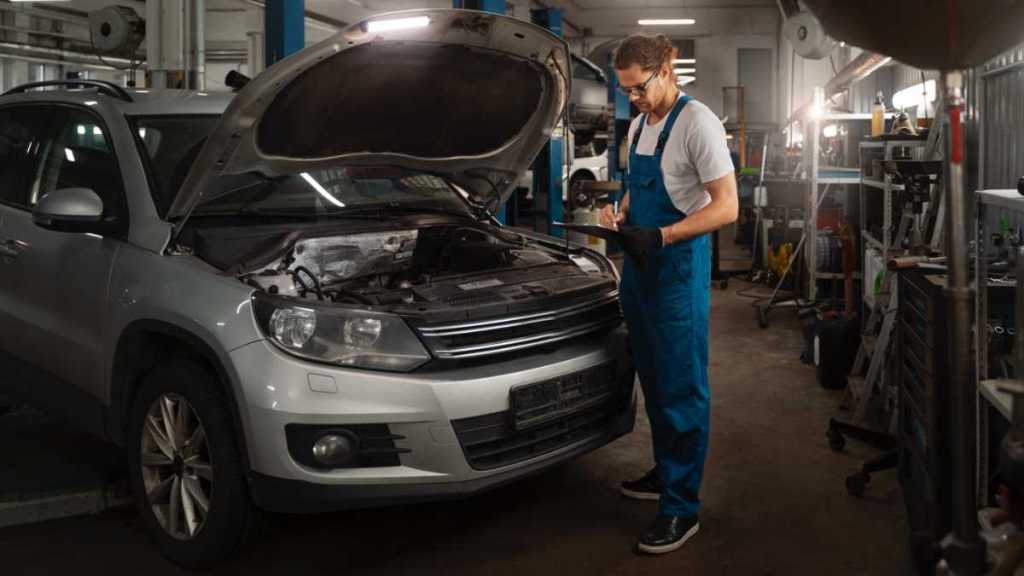By Gopal Jain, The author is a senior advocate in the Supreme Court
India’s repair culture has long been a defining aspect of daily life. From fixing kitchen appliances and mending shoes to refurbishing gadgets, Indians have historically favoured repair over replacement. This ingenuity, often described as “jugaad”, has thrived on resourcefulness and minimalism. Yet, this culture is under threat. Fast fashion and a growing use-and-throw mindset are shifting priorities, especially in electronics. This trend is fuelling India’s mounting e-waste crisis.
E-waste in India surged from 1.01 million metric tonnes (MT) in 2019-20 to 1.75 million MT in 2023-24, less than half of which is processed. It is also a critical issue globally, with sustainability advocates rallying to reverse this trend. For example, companies like iFixit, in collaboration with manufacturers, offer free repair guides for electronic products to make repairs more accessible. The non-profit Sustainable Electronics Recycling International certifies organisations adhering to sustainable e-waste management practices. Community movements like repair cafés help people repair broken items while promoting skill-sharing and waste reduction.
Governments have responded to the growing need for repair accessibility by introducing right to repair (R2R) laws. The European Union, France, and a growing list of US states have adopted these regulations. R2R laws empower consumers to choose independent repair services and access affordable spare parts, giving more control over where their repairs are done. These initiatives aim to prolong device lifespans and reduce the need for disposal.
India must follow suit. With over 1.2 billion mobile users but just 12,000-odd authorised service centres, repairs are often a hassle. Authorised centres tend to charge eye-watering prices—a Rs 30,000-smartphone can cost Rs 10,000 to repair. They are thorough but often slow, and many people simply can’t afford them. This is where aftermarket repair shops step in, offering quicker, cheaper options. But they are often restricted by limited access to original parts and informally trained technicians. By leveraging and skilling an existing large network of independent repairers, India can usher in quality in repair processes and even make itself a significant repair hub on the world map.
Against this backdrop, the ministry of consumer affairs aims to introduce a Repairability Index. Like energy efficiency ratings for appliances, this index will assess how repair-friendly a product is, considering factors like spare part availability, disassembly ease, and access to technical documentation. France has used a similar model to nudge manufacturers toward designing repairable devices, a move that India could emulate.
But repairability isn’t just about ratings, it’s about the products themselves. Devices need to be designed for repair from the start—think standard screws, modular parts, and fewer restrictions on who can fix what. Companies like Google are beginning to lead the way, offering up to seven years of updates for Pixel phones. HMD Global is using repairability as a distinct selling proposition for its products, offering repair toolkits, spare parts like charging ports and screens, and repair manuals on its website in India.
However, if access to original equipment manufacturer (OEM) genuine parts is limited, third-party independent repair shops may choose to use substandard components, posing potential safety and privacy risks. Skill gaps among technicians and the informal sector’s fragmented nature compound the need for an open collaboration network. There are three areas where government and industry partnerships can help grow the R2R ecosystem in a manner that can turn such challenges to opportunities, creating a win-win environment.
One, the framework should streamline trade between manufacturers and third-party buyers, improving access to genuine spare parts in the market. To mitigate the potential risk of counterfeit items, India provides a legal safeguard through the Consumer Protection Act, 2019. This law grants consumers the right to seek redress for defective products, including replacement, repair, refund, or compensation for losses incurred. Better enforcement of this law can safeguard both manufacturer and consumer interest.
Two, the framework should prioritise upskilling and certifying technicians in informal repair set-ups. Many third-party technicians acquire their skills through family businesses or peer learning, but rapidly advancing mobile phone technologies require more specialised expertise. Training should emphasise alignment with manufacturer-recommended repair techniques, improved safety protocols, and robust data handling practices that safeguard user privacy.
Three, the framework should address “parts pairing”, a practice where manufacturers use software barriers to disable devices on detecting non-genuine or salvaged components for repairs. This restricts consumers’ ability to conduct third-party and self-repair. Inclusion of parts pairing in the Repairability Index can make manufacturers more accountable for enabling fair and accessible repairs. This would align India with best practices, such as those adopted in Colorado and Oregon, where regulations explicitly target and prohibit parts pairing to protect consumer rights and promote sustainability.
A collaborative effort between the government, OEMs, and third-party repair participants can kickstart the right to repair movement in India. Public-private partnerships can support skilling, ease the supply of genuine spare parts, and improve safety in third-party repairs. By doing so, they can help transition a large informal sector into the mainstream, fostering a more sustainable and repair-friendly economy.


